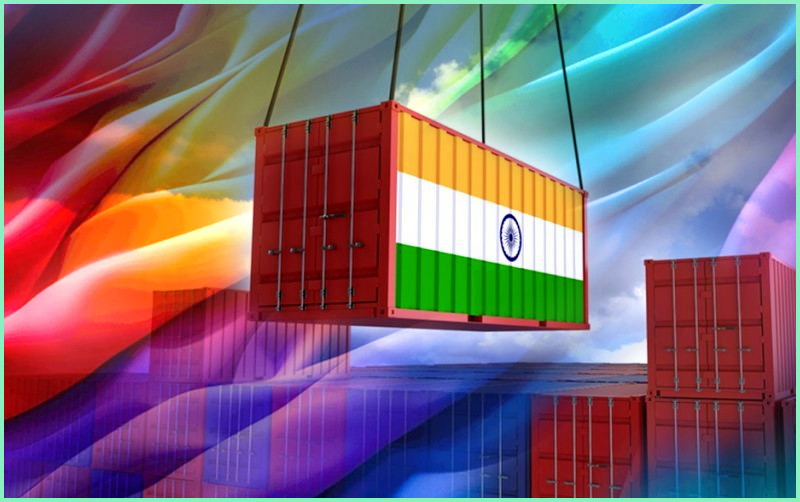
India Sets Export Target for Textiles in 2030
15 August 2025: Ministry of Textiles has set a goal of achieving Rs. 9 lakh crores in exports by 2030. Export of Textiles & Apparel in FY 2024-25 has shown a growth of approximately. 5.2% over FY 2023-24.
Mission for Cotton Productivity is being implemented with its three mini missions, viz., MM-I: Kapas Kranti for productivity and sustainability, MM-II: Kapas Kanti for quality enhancement, and MM-III: Navya Fibre to promote allied natural fibres, wherein, Department of Agricultural Research and Education (DARE) is the Nodal Ministry/ Department with Ministry of Textiles as a partner.
This 5-year mission aims to facilitate significant improvements in productivity and sustainability of cotton farming, and promote extra-long staple cotton varieties. It is expected to provide the best science & technology support to farmers, increased income of the farmers, and a steady supply of quality cotton for rejuvenating India’s traditional textile sector. Thus, this mission is expected to support the textile sector in fulfilling its export commitments and enhancing its global competitiveness.
India is the 6th largest exporting country of Textile products in the world. China, Bangladesh, Vietnam, Germany & Italy are the top 05 exporting countries in the World. The Indian textiles industry is one of the largest in the world with a strong raw material base of natural fibre including cotton, silk, wool, jute, manmade fibre and manufacturing strength across the value chain from fibre to fabric to garments. India presently exports to more than 220 countries, inspite of volatile global economic scenario and tariff disadvantage in some markets in comparison to competing countries.
The Government has taken various steps to promote Indian textiles and make them more competitive.
– India has signed 15 Free Trade Agreements (FTAs), including the recently signed CETA between India & UK. These FTAs aim to reduce tariff and non-tariff barriers, simplify procedures, and address structural issues to make Indian Exporters more competitive in partner markets.
– Government is also implementing the Rebate of State and Central Taxes and Levies (RoSCTL) scheme for Apparel/Garments and Made-ups in order to enhance competitiveness by adopting principle of zero rated exports. Further, textiles products not covered under the RoSCTL scheme are covered under Remissions of Duties and Taxes on Exported Products (RoDTEP) along with other products. In addition, Government provides financial support to various Export Promotion Councils and Trade Bodies ufor organising and participating in trade fairs, exhibitions, buyer-seller meets, etc at national and international levels to boost exports.
– The other major schemes/initiatives include PM Mega Integrated Textile Regions and Apparel (PM MITRA) Parks Scheme to create a modern, integrated, world class textile infrastructure; Production Linked Incentive (PLI) Scheme focusing on MMF Fabric, MMF Apparel and Technical Textiles to boost large scale manufacturing and enhancing competitiveness; National Technical Textiles Mission focusing on Research Innovation & Development, Promotion and Market Development; SAMARTH – Scheme for Capacity Building in Textile Sector with the objective providing demand driven, placement oriented, skilling program; Silk Samagra-2 for comprehensive development of sericulture value chain; National Handloom Development Program for end to end support for handloom sector.






